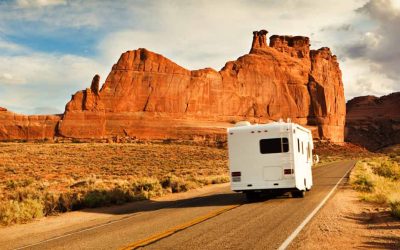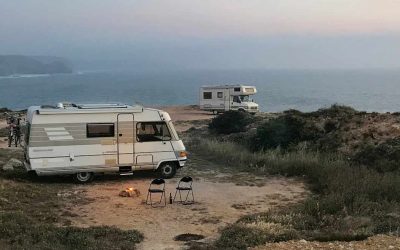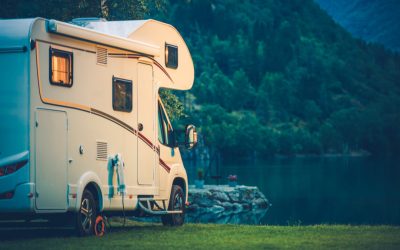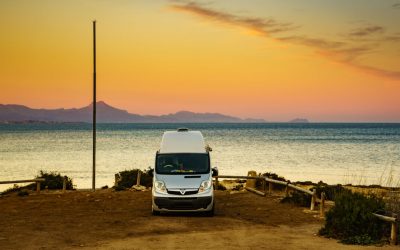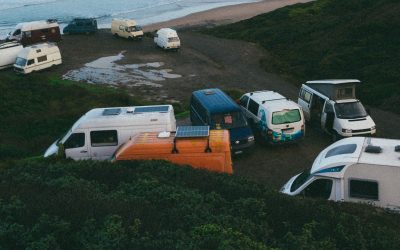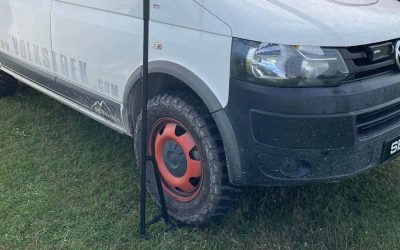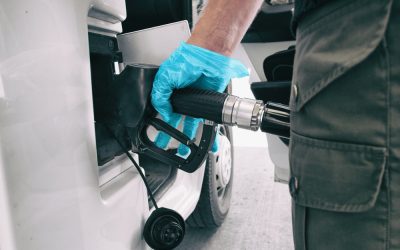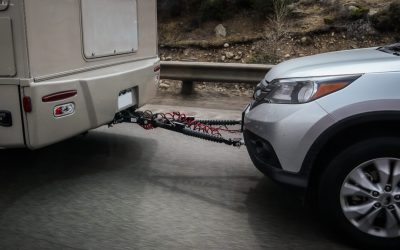This guide covers the key differences among UK motorhome classes, what sets them apart from campervans, and the essential factors to consider when...
Category: Motorhomes
How to protect your motorhome with security upgrades
Here’s a quick guide to protecting your motorhome from theft and damage, to help you enjoy the vanlife in safety. In this guide, we’ll cover...
Knowing Your Motorhome or Campervan’s Height
Understanding the height of your motorhome or campervan can mean the difference between a smooth, enjoyable journey and a costly mishap! In this...
Motorhome Insurance: Your Questions Answered by Just Kampers Insurance
Whether you’re looking to clarify an element of your motorhome’s insurance policy, or you just want to know how to get the best deals, this quick...
Zero Rate VAT On Motorhomes Explained
The HMRC has clarified how the VAT relief scheme works for adapted motorhomes for disabilities. With our guide, find out how to qualify for zero-rated VAT today
Was Your Campervan Conversion Refused By The DVLA?
Was your motorhome or campervan conversion recently refused by the DVLA? Find out your next steps as we explain the DVLA campervan classification process.
Campervan vs Motorhomes: What Are The Pros and Cons?
Campervans and motorhomes are both incredibly popular options for people looking to hit the open road and enjoy an extended camping holiday or epic...
We Don’t Just Insure Campervans
We may be one of the UK’s leading campervan insurance specialists, but you can get competitive insurance cover for all sorts of different vehicles...
Guide to Campervan & Motorhome Tyres – What Should You Use?
This guide explores everything you need to know about campervan and motorhome tyres, from choosing the right ones to understanding how they affect...
Should I SORN my Campervan or Motorhome?
If your campervan or motorhome is laid up for months at a time, such as over the winter, it may be time to consider applying for Statutory Off-Road...
The Most Fuel-Efficient Campervan by MPG
Campervan MPG, fuel economy and more. Discover how fuel efficient your campervan is, and which is the most efficient VW campervan. Read the Just Kampers blog.
The Laws on Towing with a Campervan in the UK
Did you know you can tow with a campervan? This includes caravans, cars and boats. Our guide covers the laws and recommendations around towing with your camper.
Laws on Campervan Speed Limits Explained
With a host of grey areas, we set to clear up the campervan speed limits and explain the reasoning. Read today.
